NEWS BLOG
![]()
![]()
5 Recommended Summer Day Trips For The Tokyo Area
June 29, 2025
Tokyo is huge. For centuries, it has been one of the biggest cities in the world, if not consistently the biggest. For that reason, the cityscape of modern Tokyo has much to do, much to see, and much to enjoy. However, sometimes that’s not enough. Sometimes, you want to stretch your legs, see the good sights, and explore more of that wonderful country that is Japan.
Luckily, the Tokyo metropolitan is more than just the concrete jungle. The wider Kanto area, including Saitama, Kanagawa, and Chiba, can all be visited very easily from a hotel in Tokyo’s center, so for those hoping for something more, the choices are many, and the options are wonderful. As such, we have decided to offer some of our choices for places you can visit on a day trip while staying in Tokyo. That way, you can enjoy the comfort of wherever you’re staying while still getting to see more of that beautiful Land of the Rising Sun.
Mt. Takao (Takao-san) – Tokyo
Japan is well-known for its mountains. While Fuji-san is easily the most famous, Hiei-san, Tsukuba-san, Aso-san, and many more dot the landscape of the Japanese archipelago. In fact, Japan is said to have almost 13,000 named mountains, each with its own character, and many even being home to a local god, who watches over the mountain and its human and animal denizens.
Among these is a local favorite – Takao-san! Less than an hour by train away from Tokyo, Takao-san is incredibly accessible, not just for its location, but also for its relative ease of climbing, at less than 2 hours from base to summit! Still too much? Try using the chairlift for a nice, leisurely ride up to the halfway point! Of course, you don’t just have to climb the mountain. You could also see some monkeys, visit a temple, or see if you can find one of the many mythical tengu residing on the mountain! I personally enjoy the monkey park’s botanical garden the most – the many different flower species never cease to impress me!
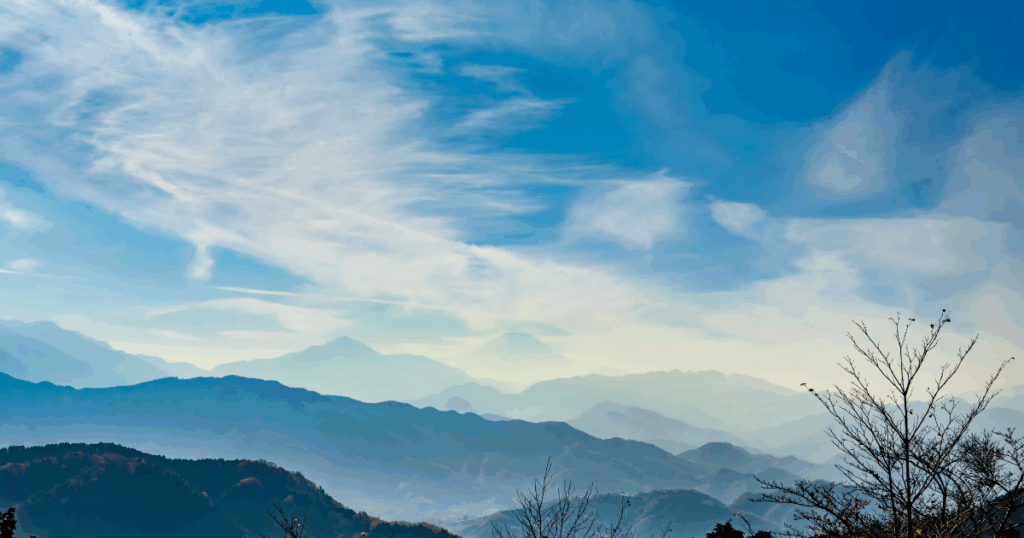
Access
From Shinjuku Station, take the Keio Line to Takaosanguchi Station
About 50 minutes, 430yen one way
The trail starts right near the station. You can also take a cable car or lift partway up.
Nikko – Tochigi
It is estimated that there are around 77,000 Buddhist temples in Japan. The number of Shinto shrines is only slightly higher at around 80,000. While each of these sites has its own special charm of deity that makes it stand out on its own, naturally, some are more popular than others. Sensoji over by Ueno, for example, is well-known for its large walking street and ostentatious simplicity. However, only one can be called the final resting place of the great unifier of Japan, Tokugawa Ieyasu. When he passed away in 1616, his heir mandated that a large complex be built for his tomb, which visitors ever since have been astounded by.
Only about 2 hours by train from Tokyo, the temple grounds and its surrounding city were further renovated during the Meiji Era, which has made visitors say this ever since – “日光を見ずして結構と言うなかれ!” – Don’t say magnificent until you’ve seen Nikko! It’s not hard to see why; there’s so much beauty here. Every time, for example, I cross the Shin-Kyo – Sacred Bridge – I can’t help but fall in love with the surrounding fauna. Strolling through the temple complex, Japanese gardens ever-present as I walk, I make my way to Toshogu – where Ieyasu sleeps – and keep an eye out for the three mystic monkeys, who each represent the avoidance of a different sinful action. Taking a brief look at Kegon Falls on the way home, I might stop at the World Square or see if there’s enough time to check out historic-themed Edomura. You’ll have to forgive the extended tangent – Nikko is just too beautiful to miss out on!
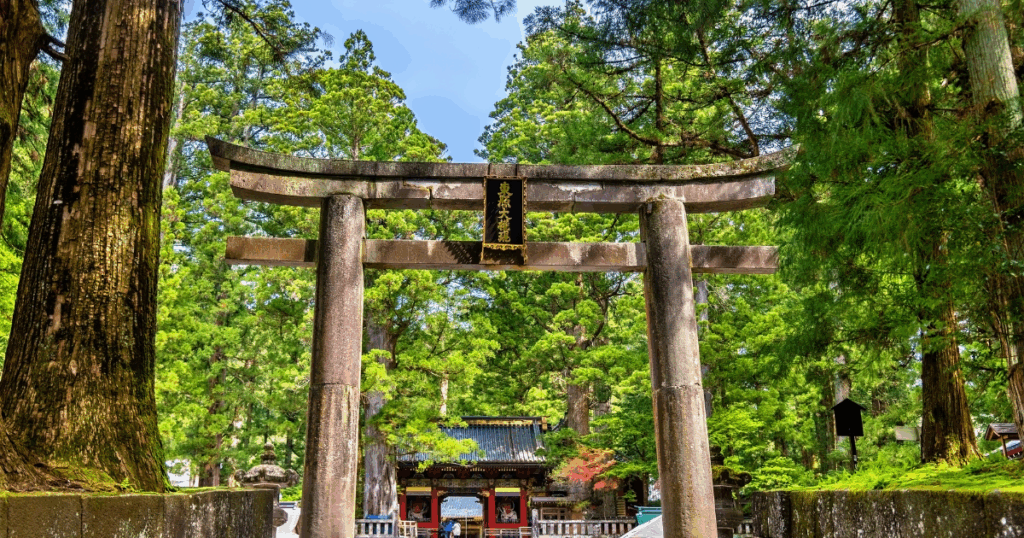
Access
From Tokyo Station, take the Shinkansen + local train to Tobu-Nikko Station
About 2 hours, ¥2,700–¥4,000
Kawagoe – Saitama
People often proclaim the Meiji Era rapid westernization of Japan to be a miracle, but if one examines the facts, they learn that Japan really wasn’t that far behind the rest of the world. Consider how, for example, within the Edo Era, literacy was very widespread, even among the lower classes, due to the proliferation of Buddhist-run schools known as Terakoya. The Shogunate’s centralization efforts also had the effect of urbanizing Japan, allowing it a sort of “proto-industrialization” with which it was able to leapfrog into becoming the first “Modern” Asian society. It can thus be said that Japan’s current roots can be traced to this era.
Have you ever wanted to know what that looks like?
Kawagoe “Koedo” offers a glimpse into that time period.
Preserving many of the historic buildings of centuries ago, the historic town feels like something right out of a samurai movie. Even the inner palace of the castle still remains, letting visitors perhaps envision themselves as one of the shogunate’s feudal magistrates. As you walk through town, try one of the local specialties made from sweet potato. If you’d like something sweeter, there’s also Kashiya Yokocho, featuring a variety of candy stores from the Showa era. As the local bell tower watches over you, walk through historic Taisho Roman Street, and enjoy the unique atmosphere of this quaint little place, only half an hour by train from central Tokyo.
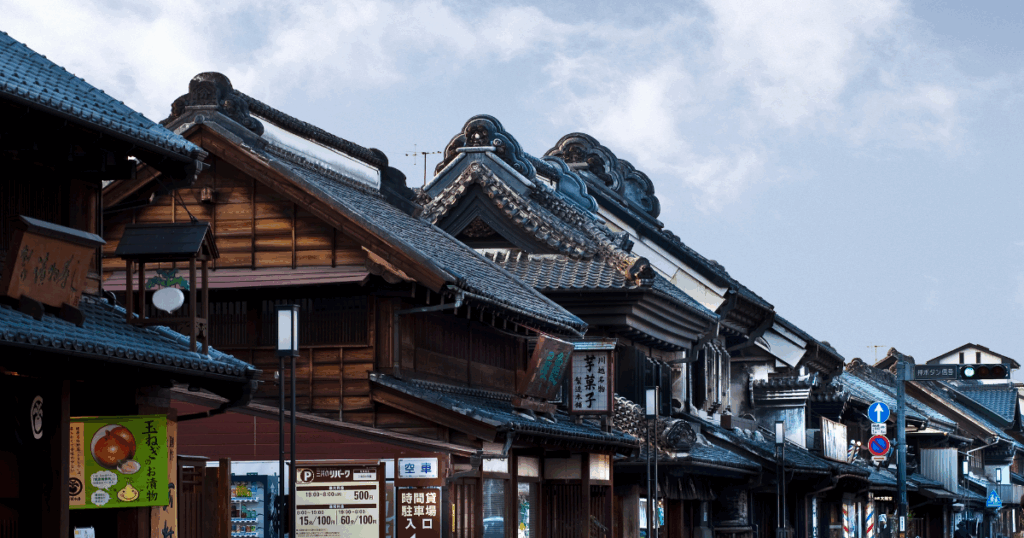
Access
From Ikebukuro Station, take the Tobu Tojo Line to Kawagoe Station
About 30 minutes, ¥500
Kamakura – Kanagawa
There is no one who has not heard of Japan’s ancient stalwart defenders, the Samurai. Trained in sword, bow, poetry, and Buddhism, these feudal warriors first started becoming a distinct idea around the late Heian Era (1085-1185 AD), as centralized power declined, forcing the imperial government to rely on large, entrenched power blocs to help them project authority. Things came to a head during the Gempei War (1180-1185 AD), as the upstart Minamoto clan overthrew the then-dominant Taira clan, which allowed them to suppress the power of the imperial court and begin the first of three shogunates in Japan’s pre-modern history.
The seat of their power was in Kamakura, which today is only about an hour away from Central Tokyo. Remnants of their time as rulers of Japan endure, as their monuments continue to draw guests even into the year 2025. Consider the Giant Buddha of Kotokuin, for example. One of the most recognized symbols of the Japanese nation today, his serene face, which has survived countless catastrophes, impresses everyone with its serene character. Then there’s Tsurugaoka Hachimangu. One of eastern Japan’s most important and well-regarded shrines, visitors can observe the quiet beauty of the landscape, scaling the historic steps where a shogun was once assassinated. One does not have to indulge in samurai heritage though. If it’s a nice day out, perhaps you can visit Yuigahama Beach and go for a swim. Or if you’d prefer, go look for a souvenir over on Komachi Street. Whatever you end up doing, the impression Kamakura will leave you is sure to be magical.
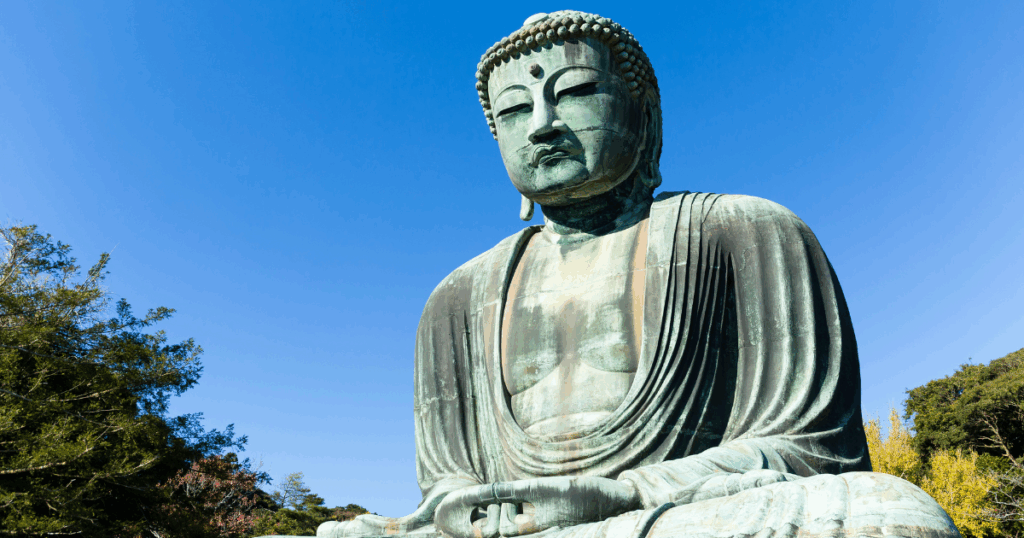
Access
From Tokyo Station, take the JR Yokosuka Line to Kamakura Station
About 1 hour, ¥950
Miura – Kanagawa
Japan is very obviously an island country. Surrounded on all sides by water, the country has long depended on fish to meet its dietary needs. Sushi, takoyaki, kamaboko, mentaiko, and other fish products are all well-loved by the Japanese and can now be found even abroad, so appreciated they are for their stomach-sating effects. To accommodate the needs of those many hungry mouths, thousands of piscators go out daily, casting their nets and then selling their catch to the local fish markets for profit.
One of the well-known places in Kanto for this is Miura’s Misaki port, which is said to be Japan’s tuna fish capital, due to hosting many different restaurants with their own tuna-based specialty. It’s as fresh as it gets in Miura as hundreds of fish are auctioned daily at the local fish market. Food really is the reason you come here – since this is the countryside, you’re surrounded by lots of different farms. Perhaps if you’re hungry for strawberries, you can visit during the spring and try your hand at picking them at the Nagashima Strawberry Farm. Though once you’re full, perhaps you could take a walk in Koajiro Forest, one of the few remaining virgin landscapes in Kanto. Personally, I enjoy being on the sea, so the boat ride from the port to Jogashima is a favorite of mine. Speaking of Jogashima, it’s scenic, great for photos, and a good place to visit all year round. But if you really want to enjoy Miura, come to the beach during the summer. It’s perfect for catching waves and tanning on the beach. Really, it’s hard not to fall in love with sleepy, relaxed Miura. If you’re looking for something more local, you’re sure not to regret it.
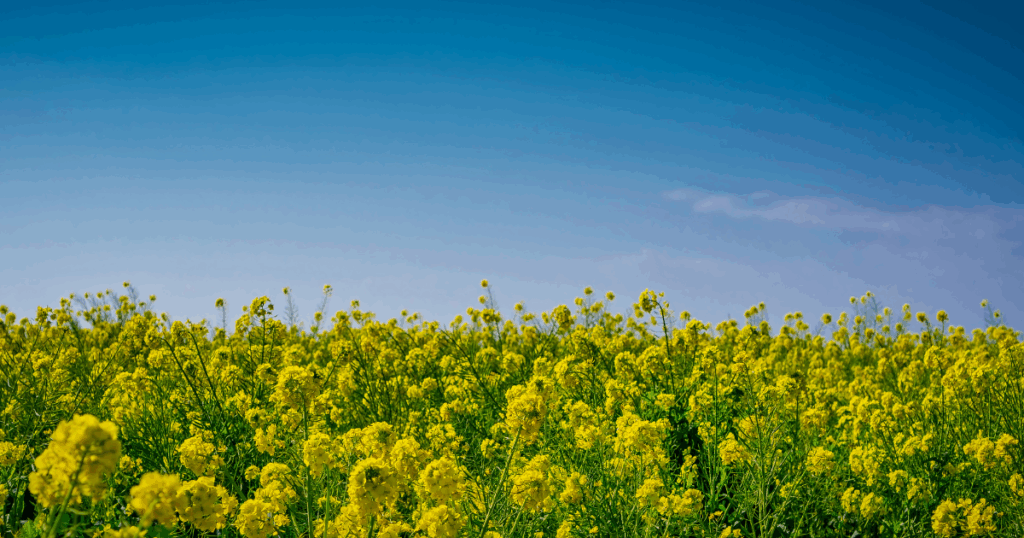
Access
From Shinagawa Station, take the Keikyu Line to Miurakaigan Station
About 1.5 hours, ¥740
Summary
Tokyo is a wonderful city with a lot to do. But sometimes, we just need to get out and see more of the world. Luckily, Japan’s great infrastructure allows for easy access to a variety of places outside of the metropolitan, so visitors never have to feel confined to the Big Mikan. Takao-san, Nikko, Kawagoe, Kamakura, and Miura, all wonderful places with a lot to do for visitors, are all easily accessible for tourists and Tokyoites alike with much to do, so for our readers, those were our 5 recommendations for where they should visit when considering a day trip.
If you liked this article,
give it a like!
-

"Beyond Tsukiji!? The Grilled Fish Delight at Shinpachi Shokudo
No need to travel all the way to Tsukiji or...
-
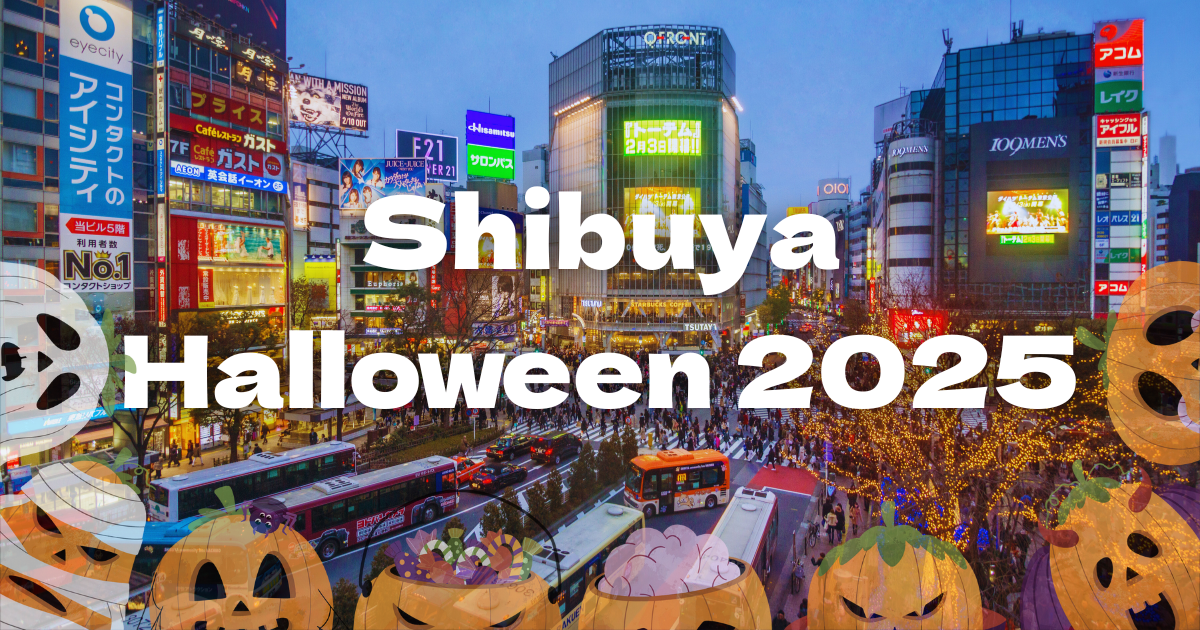
Halloween in Shibuya: What to Know, What to Avoid, and How to Enjoy It
You’ve heard of it. We’ve heard of it. Everyone has...
-
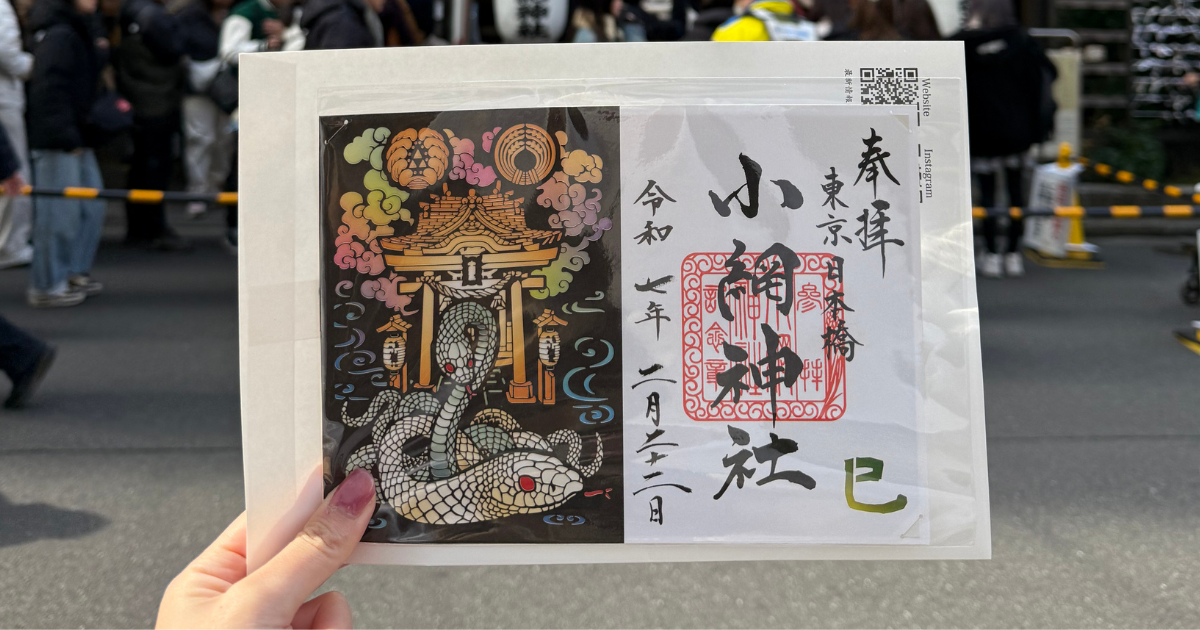
Washing Money
目次 1. Have You Ever Tried Washing Money at a...
-

🌸 How to Book a Tour with TABIBIYORI – An Easy 3-Step Guide!
目次 📲 Contact Us via Your Preferred Messaging App or...
-
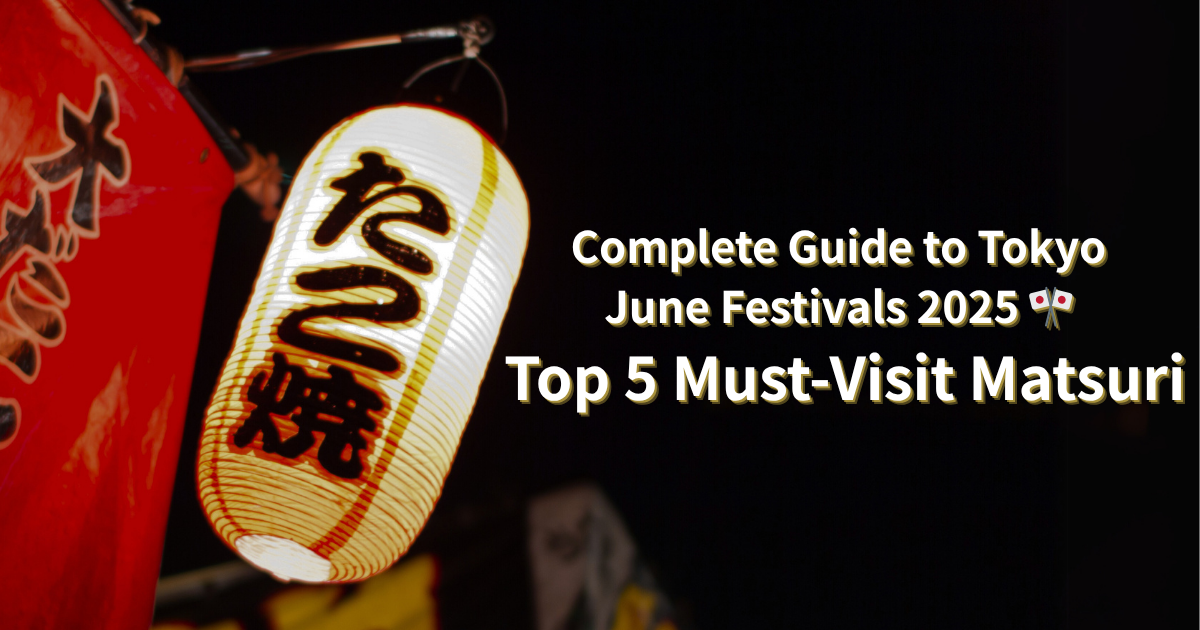
Tokyo Comes Alive in June! Don’t Miss These 5 Matsuri
目次 1. Torigoe Matsuri2. Free Geisha Dances (Ozashiki Odori) in...
-

Washing Money
目次 1. Have You Ever Tried Washing Money at a...
-

Food Culture and Specialties at Tsukiji Market!
Tsukiji, known as Tokyo’s good culture center, is a treasure...
-
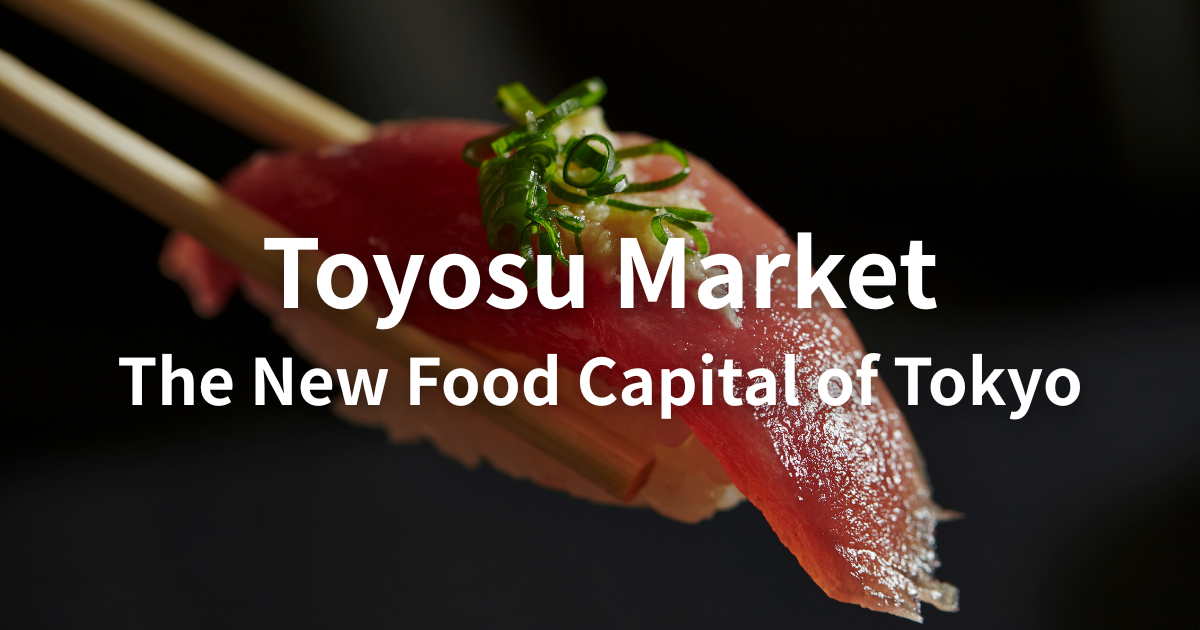
Toyosu Market – The New Food Capital of Tokyo
Toyosu Market is Tokyo’s new central wholesale market, relocated from...
-

5 Unique Museums That You Can Find in Tokyo
Tokyo is home to some of the most prestigious museums...
-

5 Things to Watch Out For When Visiting Japan in the Summer
Japan is well-known for its four seasons. Spring is pleasant...

